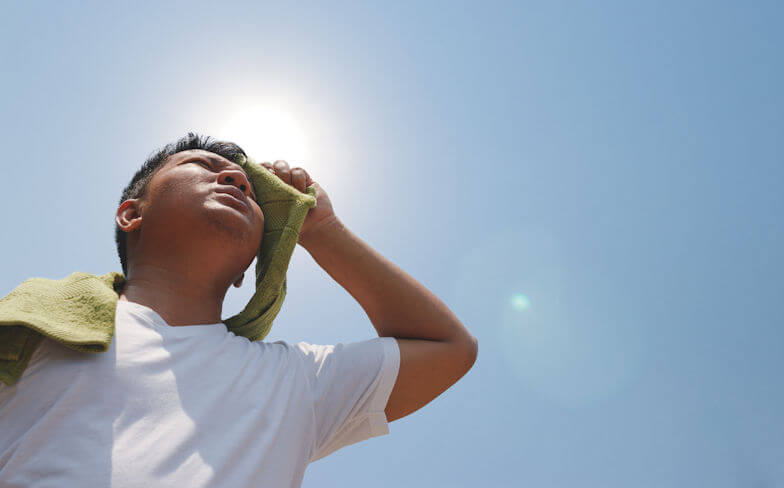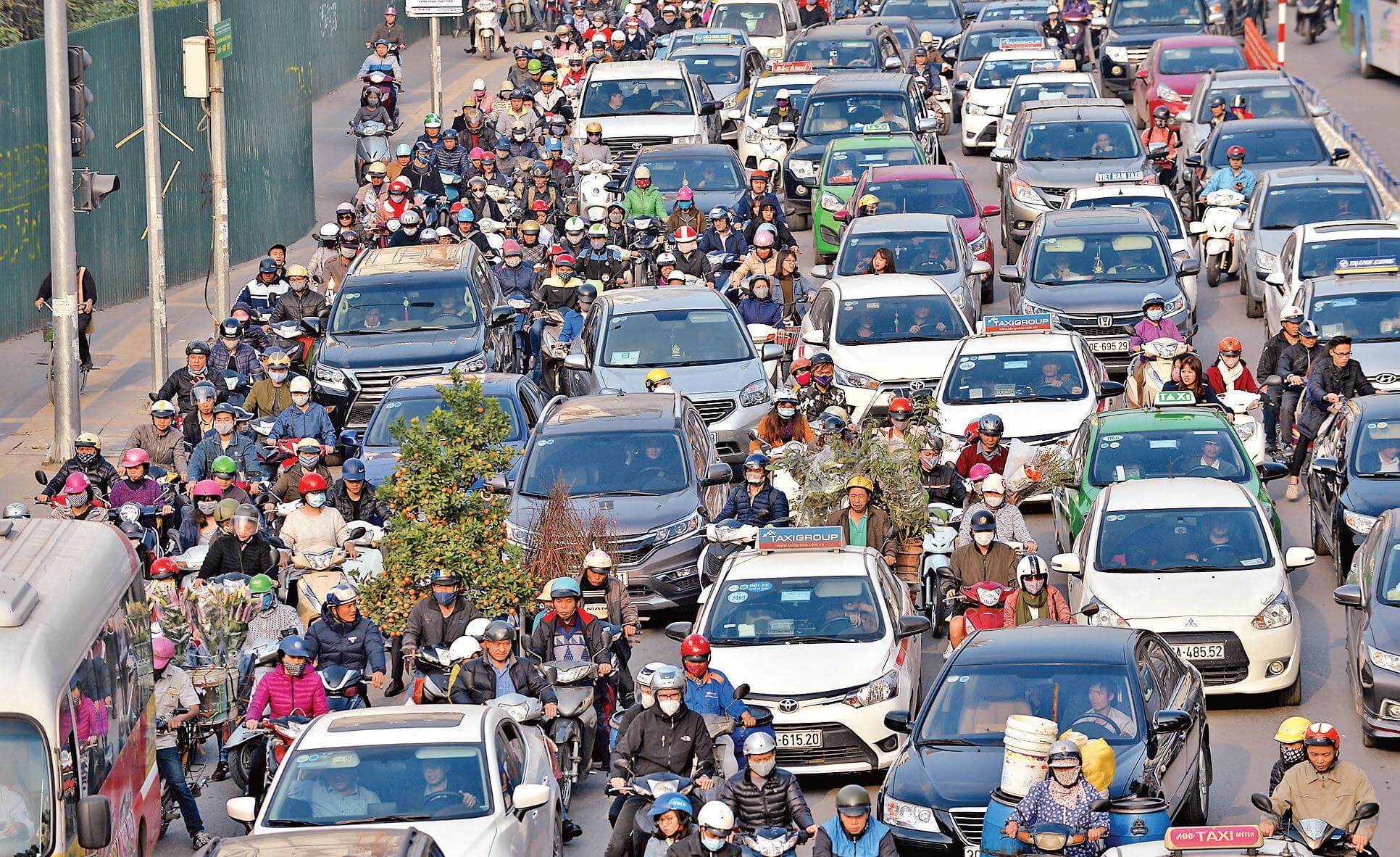Identify 5 factors that elevate malaria risk on World Malaria Day 2024
Fri 26 Apr 2024, 01:58:02

As the world commemorates World Malaria Day on April 25th, 2024, it's crucial to shed light on the ongoing battle against this deadly disease. Malaria continues to pose a significant public health challenge, particularly in regions with limited access to healthcare and resources. While progress has been made in reducing malaria incidence and mortality rates, much work remains to be done.
Every year on April 25th, the World Health Organization (WHO) marks World Malaria Day to raise awareness about this preventable and treatable disease. This year's theme, "Accelerating the fight against malaria for a more equitable world," highlights the ongoing battle to eradicate malaria and ensure everyone has access to prevention and treatment.
Key factors that elevate the risk of malaria:
Location and climate:
Malaria transmission is heavily influenced by environmental factors such as temperature, humidity, and rainfall. Regions with tropical and subtropical climates, where mosquitoes thrive, are at a higher risk of malaria transmission. Additionally, areas with poor drainage and sanitation are more likely to harbour mosquito breeding sites, further increasing the risk.
Age:
Children under five years old and adults over 65 years old are particularly susceptible to severe malaria and its complications. Their developing or weakened immune systems make them more
vulnerable to infection and severe illness, highlighting the need for targeted interventions to protect these age groups.
vulnerable to infection and severe illness, highlighting the need for targeted interventions to protect these age groups.
Pregnancy:
Pregnant women are at an increased risk of malaria due to changes in their immune system and the presence of placental malaria, which can lead to adverse outcomes for both the mother and the unborn child. Preventive measures such as intermittent preventive treatment during pregnancy (IPTp) and the use of insecticide-treated bed nets are essential to safeguard the health of pregnant women and their babies.
Population displacement:
Population movements, whether due to migration, travel, or displacement, play a significant role in the spread of malaria. People travelling from areas with high malaria transmission rates to non-endemic regions can introduce the disease to new areas, potentially triggering outbreaks. Additionally, migrant workers living in temporary settlements with inadequate housing and sanitation are particularly vulnerable to malaria.
Mosquito breeding sites:
Stagnant water bodies, such as ponds, puddles, and uncovered water containers, serve as ideal breeding grounds for mosquitoes, particularly the Anopheles species, which transmit malaria. Communities with inadequate waste management and water drainage systems are at a heightened risk of mosquito breeding and subsequent malaria transmission.
No Comments For This Post, Be first to write a Comment.
Most viewed from
Most viewed from Health
AIMIM News
Latest Urdu News
Most Viewed
May 26, 2020
Which cricket team will win the IPL 2024?
Latest Videos View All
Like Us
Home
About Us
Advertise With Us
All Polls
Epaper Archives
Privacy Policy
Contact Us
Download Etemaad App
© 2024 Etemaad Daily News, All Rights Reserved.













.jpg)
.jpg)
.jpg)
.jpg)
.jpg)
.jpg)
.jpg)
.jpg)
.jpg)
.jpg)
.jpg)
.jpg)
















